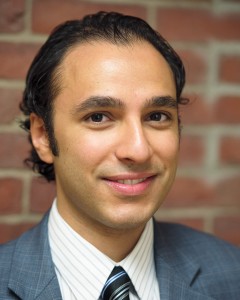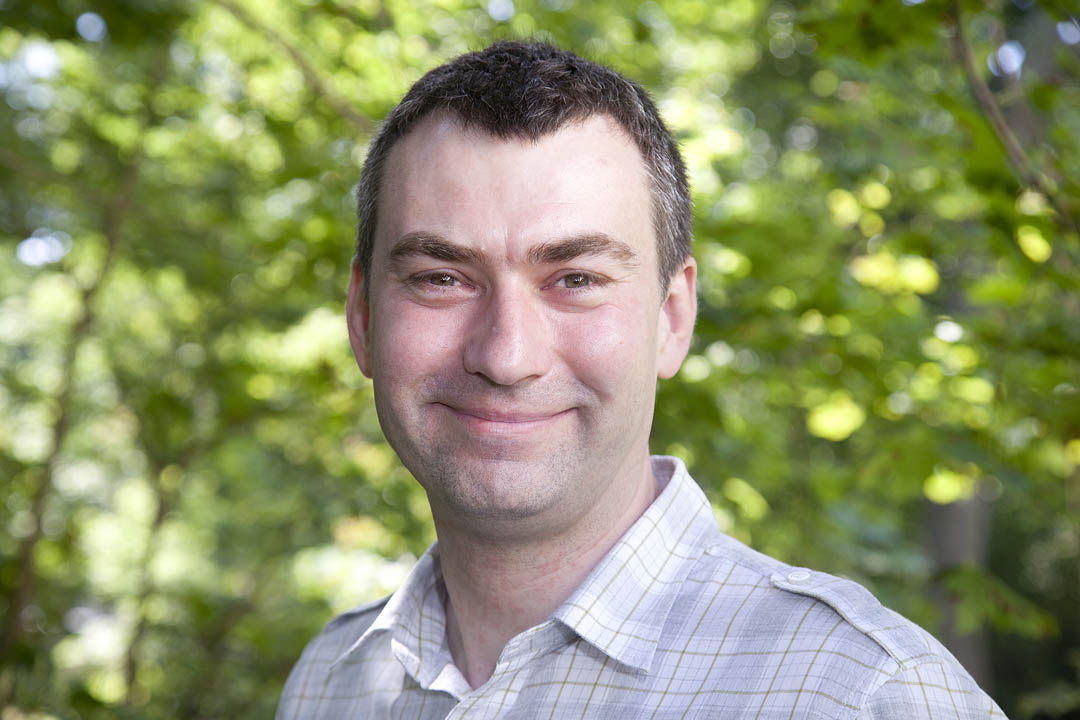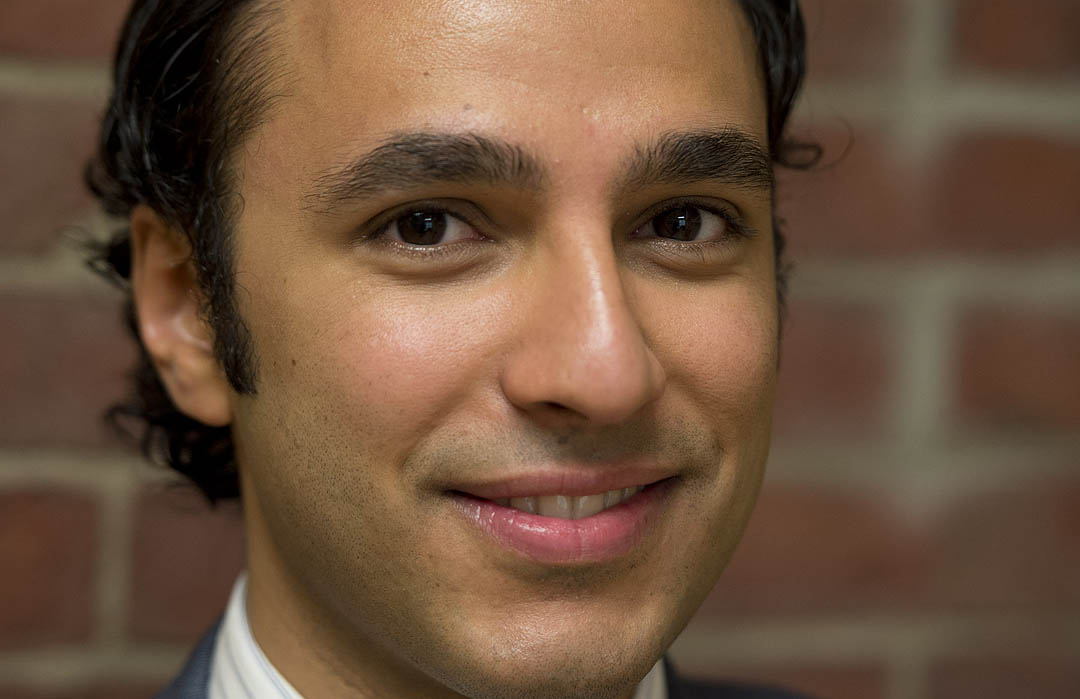
Ali Humayun Akhtar describes the Middle Ages as a highly interconnected period. In the centuries leading up to the Renaissance, Christians, Jews, and Muslims traveled widely, exchanging both goods and ideas from southern Europe to the Middle East and East Asia.
“There was a kind of globalization in the premodern world, even before the rise of modern transportation and industrialization,” says Akhtar, an assistant professor of religious studies, of classical and medieval studies, and of Asian studies.
Akhtar wanted to know more about the communities that lined the trade routes that flourished between the eighth and 13th centuries, and how groups from southern Spain to Iraq moved across boundaries of geography, politics, and culture.
His first book, Philosophers, Sufis, and Caliphs: Politics and Authority from Cordoba to Cairo and Baghdad, explores the interplay between local authorities and higher rulers, and the influence of Hellenistic learning on politics and culture.
The book, published by Cambridge University Press, challenges common assumptions about the kingdoms, sultanates, and caliphates of the medieval world. “Europe and the Middle East were not ruled as theocracies in those days, and power was not simply exercised top-down,” Akhtar says.
As in the modern world, structures of local authority in cities, neighborhoods, and families had significant influence on local affairs. The Umayyad caliphs of Cordoba, the Fatimids of Cairo, and the Abbasids of Baghdad, who ruled between the eighth and 13th centuries, were not all-powerful. As was the case in much of Europe, ruling circles had to work with layers of local institutions and leadership structures to govern.
In medieval Baghdad, for example, a sultan’s administration might have ultimate legal authority over public spaces such as marketplaces, but in a neighborhood, mediators among Muslims, Christians, and Jews handled conflicts.
“Often it was the case that if administrators wanted to push some piece of legislation or policy, they had to be in dialogue with not only the Eastern Christian clergy, the Jewish rabbis, and the scholars of Islam, but also with urban patricians and businesspeople,” Akhtar says.
These local figures, who sometimes included women, wore multiple hats — they were teachers, judges, scientists, and in a period of polymathic knowledge, they also studied theology, ethics, medicine, and other subjects with equal vigor. The Muslim judge Averroes and the Jewish rabbi Maimonides, who both lived in 12th-century Cordoba, were also medical doctors and philosopher-scientists.
Much of their knowledge, and the tools for gaining more knowledge, drew on ancient sources. Greek philosophy and other late antique writings of the Near East were translated from Greek and Aramaic to Arabic.
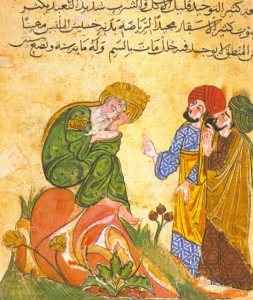
Socrates (Suqrat) and his pupils as portrayed in a 13th-century Arabic manuscript preserved in Istanbul (Wikimedia Commons)
As it spread, Hellenistic learning was central to conceptions of ethics and interpretations of scripture in the medieval Islamic world. It also had practical applications, informing medicine, astronomy, psychology, commercial navigation, and civil engineering.
The impact of ancient Greece, Iraq, and the late antique Hellenistic world under the Umayyad, Fatimid, and Abbasid caliphates, Akhtar says, shows an overlooked continuity between the ancient, medieval, and modern worlds — and between Renaissance Europe and the Middle East.
“The works of the Persian physician Avicenna were used as standard medical textbooks in Europe for centuries,” Akhtar says.
Renaissance European thinkers read ancient Greek philosophy and science together with volumes of commentaries and new works in Arabic, Hebrew, and Latin.
“This entire history goes against the assumption that only Europe had a Judeo-Christian and Hellenistic heritage,” Akhtar says. “In the Middle East, this Hellenistic heritage and its Jewish and Christian social context thrived during the medieval Islamic era.”
The connections between Europe and the Middle East persisted in the early modern era. For his next two books, Akhtar is researching the commercial connections between Venice and Ottoman Istanbul in the 17th century, and the trade relationships linking European maritime companies with the Middle East, China, and Southeast Asia.
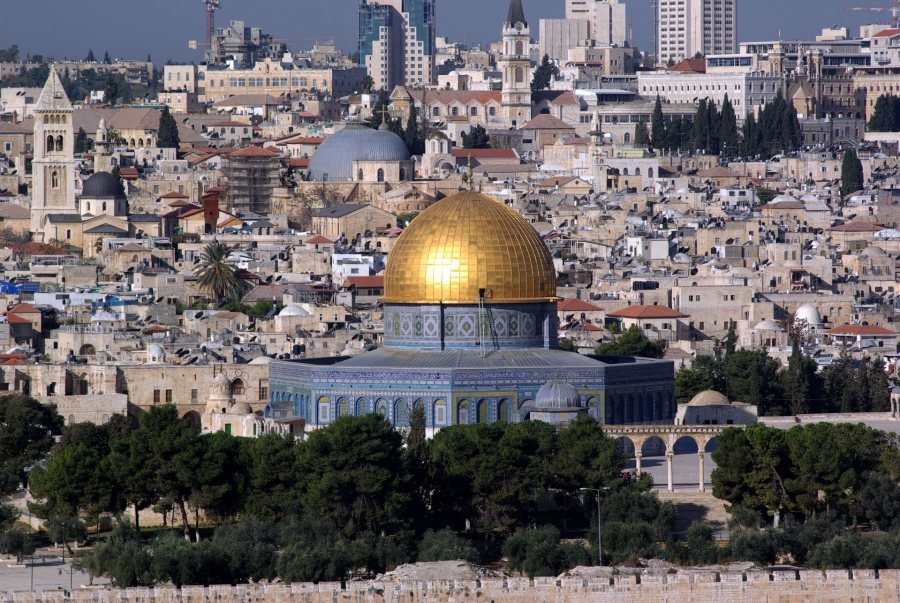
Interest in Hellenistic learning in the Islamic world extended to architecture, exemplified in the Dome of the Rock Mosque and the Church of the Holy Sepulchre to its left in Jerusalem. (Wikimedia Commons)
Studying the history of the Mediterranean world in a global context highlights the common heritage of Europe and the Middle East, Akhtar says — and undermines some of today’s political narratives, which portray Europe and the Middle East as part of distinct, even clashing, civilizations.
“There are timeless connections between Europe, the Middle East, and Asia which call into question how we think about modern issues like immigration, the refugee crisis, and the boundaries of global trade,” he says. “We have assumptions about different worlds that have overlapped for more than a millennium.”
